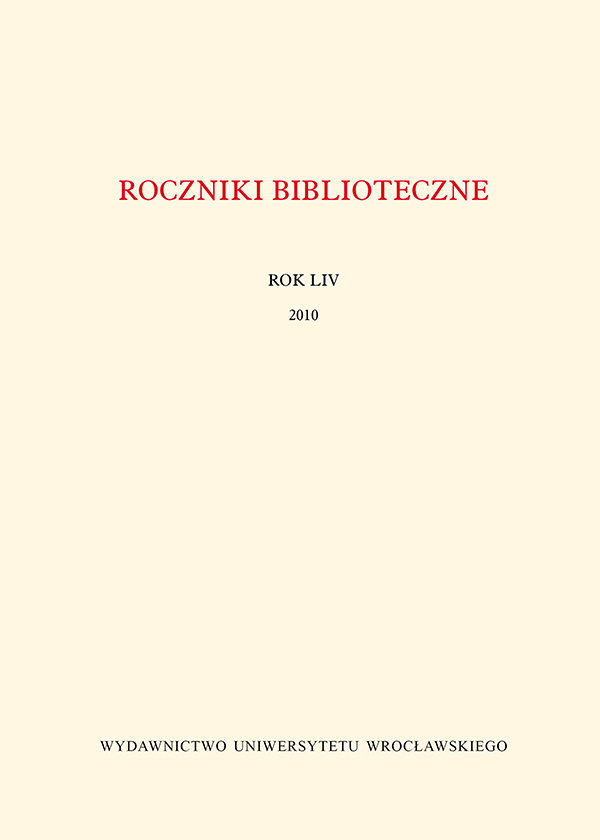

Artykuły i materiały

From the history of 18th century scholarly books: an analysis of the spatial-visual composition of Jacob Theodor Klein’s Historia piscium naturalis (Gedani 1740–49)
Jacob Theodor Klein 1685–1759, jurist and secretary of the senate of the city of Gdańsk, was an eminent natural historian whose works on the zoological taxonomy were highly valued by scholars in Europe at the time. The Gdańsk printing house of Thomas Johann Schreiber 1699–1778 published at least five of Klein’s natural history works, richly illustrated with copperplates made in Gdańsk and outside the Commonwealth of Poland. These works belong to the finest achievements of Schreiber’s printing house. Among them of particular note was Klein’s Historia piscium naturalis Gedani 1740–49. Klein’s ichthyological book, with its numerous copperplate illustrations depicting water fauna and allegorical vignettes related to the content of the work is part of the European canon of beautiful natural history books. Its conceptual form reflected scientific trends of the Enlightenment, while its material form was influenced by a mixture of Baroque, Rococo and Classical tendencies. In the present article the author analyses the architectural composition cover, typographic layout, tables, annotations, quotes and mottos and the visual composition the author’s portrait, vignettes and illustrating tables of the Gańsk edition of Historia piscium naturalis. The print is characterised in functional and aesthetic categories in connection with the work’s content and the cultural background, an approach that fully reveals the mastery of the printers, illustrators and bookbinders of the period.